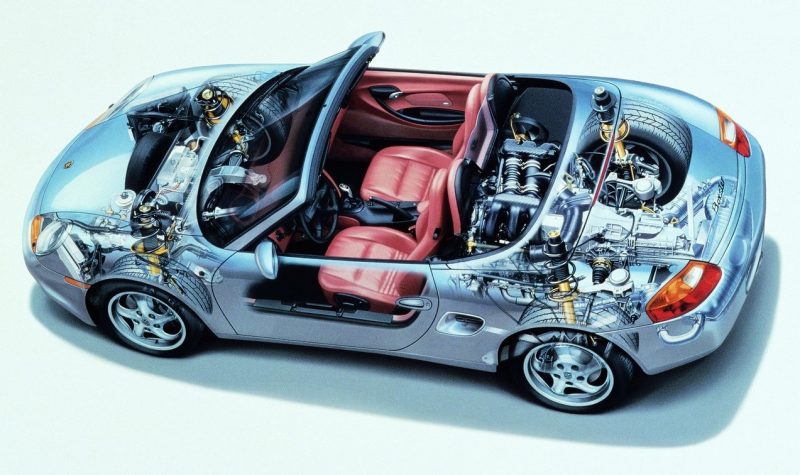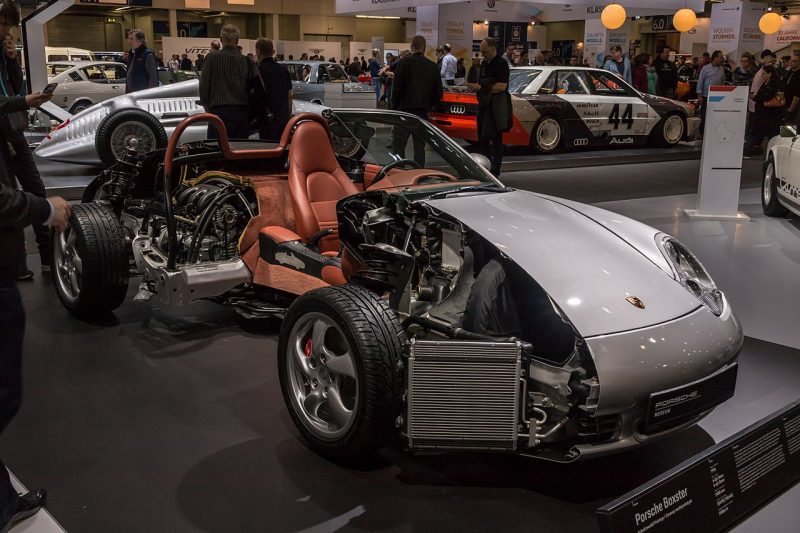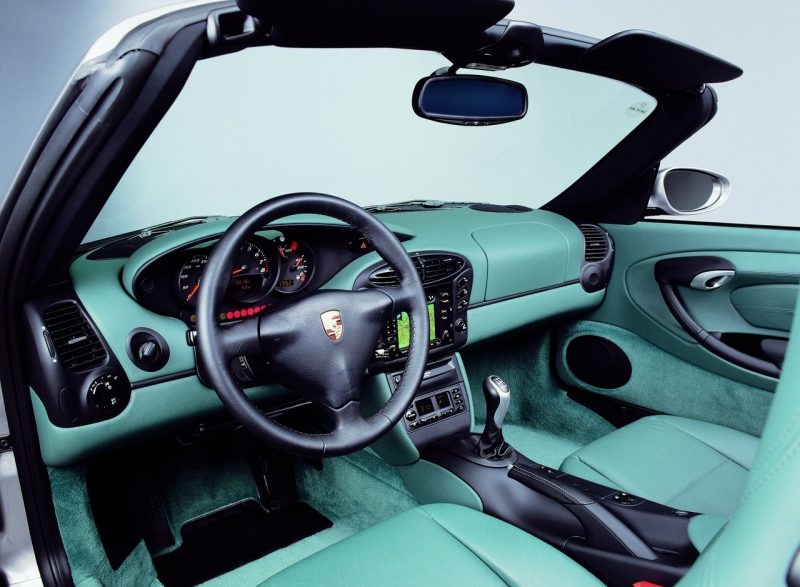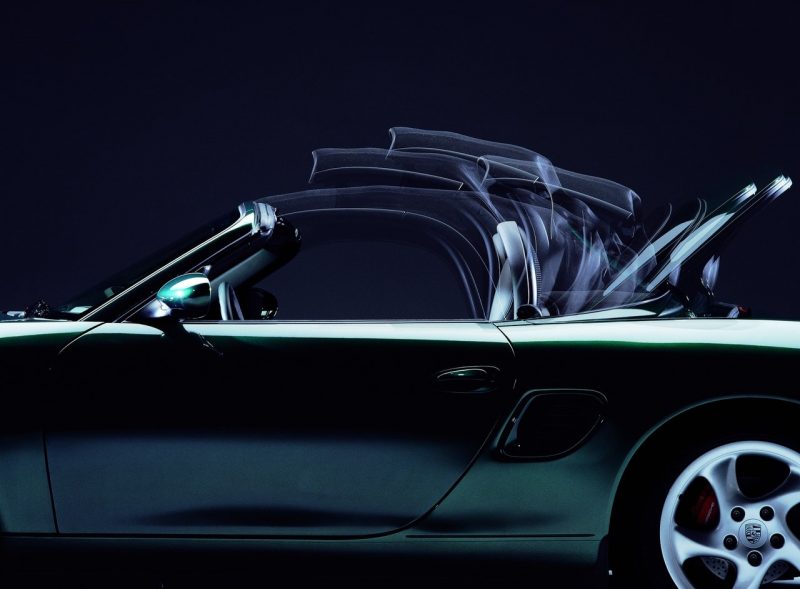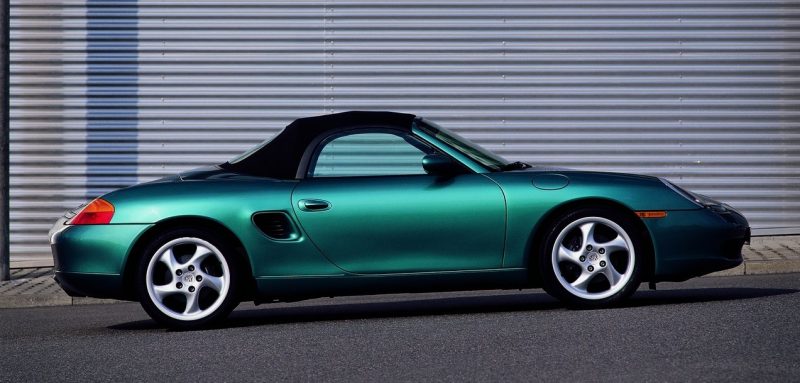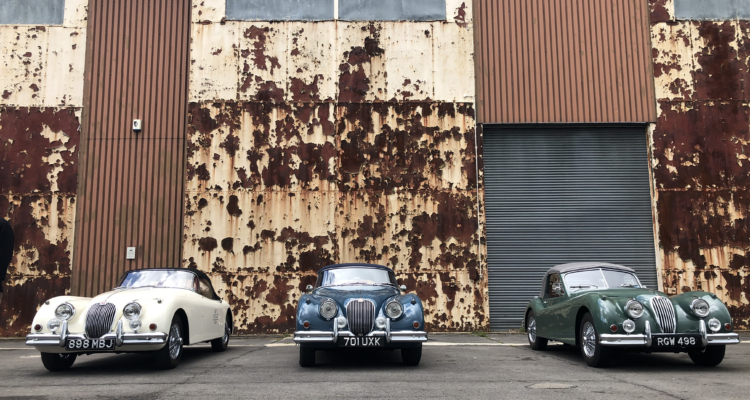Porsche Boxster 986 – The Time is Now
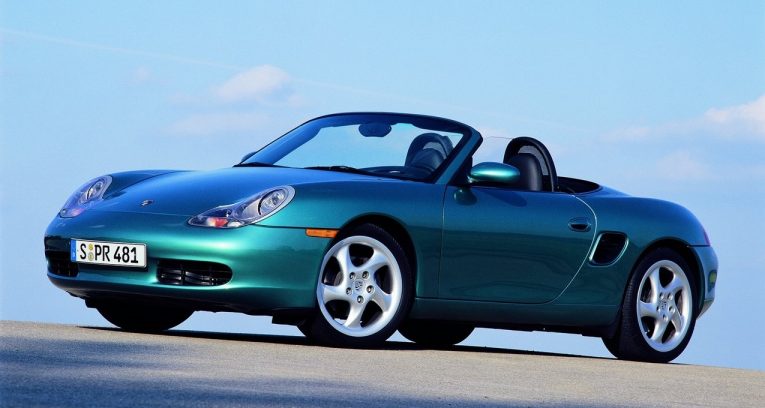
For many, the roadster is the ultimate form of car. Low, with ample speed and a pleasing lack of roof, the roadster offers a visceral, exciting drive that simply can’t be beaten. Manufacturers have always been aware of this, with roadsters being a motoring mainstay for well over 100 years. Of course, the only problem with that is the resulting, often bewildering choice. There are so, so many roadsters to choose from, but which one is the best? And more importantly, which one should you pounce on today? Well, that’s where Car & Classic comes in. We’ve scoured the listings and we’ve come up with what has to be the definitive answer – the Porsche Boxster.
In the mid to late 1990s, Porsche needed to bolster its lineup. It needed something at a lower price point that would open up the marque to a new, previously untapped audience. The 996 incarnation of the 911 was, make no mistake, a great car, but it was also going to be very expensive. Something else needed to be brought to the lineup first if Porsche was going to survive. Porsche had previous form with mid-point sports cars like the 924 and 944, but it had left that market wanting. Especially in the case of offering a purpose-built roadster, which the German company hadn’t done since the 550 Spyder. It needed to return, and return it did.
The Boxster, so named after the amalgamation of the words boxer (for the flat-six engine) and roadster, was seen by many as a baby 996 cabrio. It was a clever design on Porsche’s part, as it opened up the 996 (which would follow shortly afterwards) world to people with half the budget. It was a slice of the action, a way into the Porsche brand without buyers feeling like they were settling for second best.
But don’t think it was a cheap ‘cash in’ on the then upcoming 996. While there was a lot of parts sharing between the two (headlights, bonnet and front wings were all 996), it only served to help the profile of the lower level Boxster. Plus, the chassis design, the engines and the body were all new. It boasted near perfect weight distribution, the new range of engines were widely lauded for their power, their smoothness and their speed, and the build quality of the car as a whole put it leaps and bounds above the competition. The car was praised and celebrated from day one, and that praise hasn’t faded – the Boxster is still to be found in Porsche dealerships around the globe.
Early cars are getting cheap now, but they’re not as cheap as they have been. Prices are on the up, as people are waking up to the modern classic appeal of the early 986 Boxster. It’s an older car, but it’s one with fantastic support from dealers and specialists, it has a passionate following and bustling aftermarket industry behind it, and on top of all that, a good one is still a car you could happily use every day. It is, in two-seater roadster terms, the perfect car.
AN INTRODUCTION TO THE 986 BOXSTER
The 986 Boxster was introduced in 1997 as an all-new machine. Launched ahead of the 996, it was a taste of what the 996 would bring. However, it was also a near identical car to the Boxster concept car of 1993. A car that wowed the crowds, the concept was soon dismissed as being nothing more than showpiece as per almost every other concept car in the history of cars. Seldom does a concept make it to the road. But lo and behold, Porsche did. With the exception of some interior tweaks and revised location of the side air intakes, the 986 was every bit the car the concept was. Impressive.
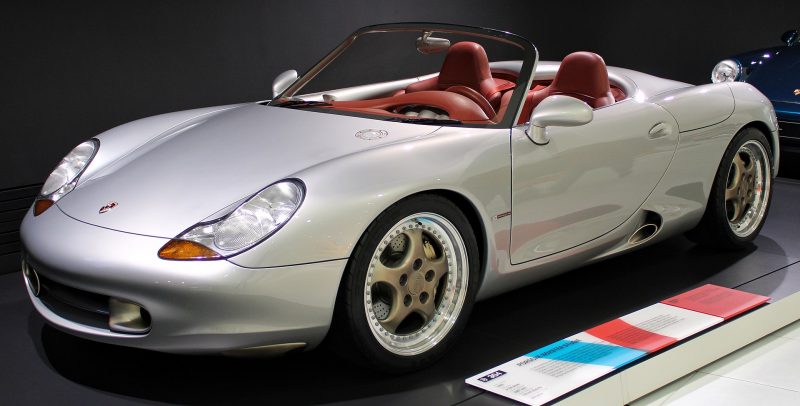
The launch cars were offered with a 2.5 flat-six engine, with manual or Tiptronic five-speed automatic transmission. The car only had 204bhp, but that was enough. Thanks to a chassis to die for, near perfect 47/53 weight distribution and a curb weight of approx. 1,250kg, it was an absolute riot to drive. Poised, agile, direct and with ample feedback and engagement. It was, even in these early days, classed as roadster perfection by much of the motoring press. Porsche had not only built a roadster, they had built one of the finest to ever hit the roads. Not a bad start.
Soon though, the buying public wanted more power, and Porsche duly obliged. In 2000, the engine was upped to 2.7 litres and as such, packed 220bhp. It also has E-gas, which was Porsche’s electronic/fly by wire throttle, which improved the drive no end. But Porsche didn’t stop there. It had more to offer with a new S model. This version was fitted with a 3.2 flat-six boasting some 252bhp and a six-speed ‘box. More hard-nosed than the other models, the S was for the driver who really wanted to exploit the Boxster’s chassis and handling abilities.
In 2003, the Boxster was given a facelift, which saw clear indicators, a glass rear window, a new front bumper, rear spoiler and for the S, an upgraded gearbox and bigger alloy wheels. The 2.7 remained as the biggest seller, largely because it was such a brilliant all-rounder. Of course, a car like this is never going to be the most practical. However, within the parameters of a roadster, the Boxster was one of the better options. The 2.7 engine was perfect for daily driving, but would also still provide the giggles on the B roads. The interior was well made, comfortable and remarkably spacious, and thanks to the engine being in the middle, the Boxster boasted front and rear trunk space that would get a modest weekly shop in there. It was, and still is a usable, reliable, sports car. There is very little compromise to be found.
WHAT SHOULD I LOOK OUT FOR?
It’s a Porsche, so a cursory look around the internet or voices down at the pub will tell you horror stories of rust, or the dreaded IMS bearing. Don’t buy into the panic. The 986 ended production in 2005, so even if you buy the newest 986 possible, you’re still buying a fifteen year-old car. Time is your friend. If the IMS bearing was going to go, it would have been someone else’s problem a long time ago. The same with the reports of some engines failing due to cracks or scored bores – yes, this was an issue, no it wasn’t widespread and if you’re looking at a car with sixty or seventy thousand miles on it, it’s probably not going to be an issue. The IMS bearing can also bring about complete failure, but there are more people shouting about this failure than there are who have actually suffered it. This writer used to work in a Porsche main dealer, and be assured, it’s not as common a problem as the internet would have you believe.
The things you need to look out for all stem from poor maintenance. The reality that some buyers missed, when the Boxster was at the bottom of its depreciation curve, was that while the car was cheap, it was still a Porsche. Porsches cost money to maintain well. You can’t run them on a shoestring. So check the service history, make sure the car has been through a main dealer or a specialist for its regular maintenance. Check the tyres – if it’s wearing mismatched ditchfinders, someone has been trying to run their Porsche on Peugeot money, which is bad.
Water ingress can be a big issue for the Boxster, which is almost always because the drain channels are blocked with dirt and/or dead leaves or other foliage. Keep on top of these, and the car should stay bone dry. If it’s not staying dry, check the rear window. On early cars it was plastic, not glass. As such, it was prone to going brittle and cracking. If that’s happened, don’t fret, as replacements are available. Though if the car is going to live outside, not in a garage, it may be worth considering a removable hard-top. Well worth the money.
Suspension bushes work hard in the Boxster, so check these – listen for clunks, bangs and rattles during the test drive. An upgrade to a polyurethane set would be recommended, though be careful which ones you choose, as you could end up making the ride a little too hard.
The rear silencer on the exhaust can corrode and fail, and isn’t cheap from Porsche. However, there are myriad aftermarket options out there, so treat a rust backbox as a haggling point, not a deal breaker. And while we’re talking about the car’s respiratory system, check the side vents/intakes for any build up of dirt or foliage that might hinder the car’s performance. Later car’s were recalled to have grilles fitted, so it is an issue.
Crucially, there are plenty of Boxsters for sale, so you don’t need to buy the first one you see. Shop about, find the car with the right history, the right specification and in the right condition. Take your time, try a few. That way, you’ll know when you’ve found the right one.
WHAT ARE PRICES LIKE?
Still low. You can get a 986 Boxster for around four grand. There are cheaper cars out there, but they’re best avoided. Early 2.5 cars are the cheapest, but really the 2.7 is the one to go for, as it’s just a much better engine and great all-rounder. The issue with the Boxster is that when new, everything was optional, so when looking for a used one try and find one with a bit of spec. Air-conditioning, cruise, that kind of thing. A basic one is very basic and you’ll soon tire of it.
If you budget for five to six grand, you should get a decent 2.7. If you want the more racy S model, you’ll need to jump that budget to around eight. Ten grand will get you the best of the early cars, while, anything above will bring you into more modern offerings. If you want the best of the best, a 70th Anniversary model will set you back anything from twenty-five thousand.
WHY SHOULD I BUY ONE?
There is the obvious historical appeal, given how significant this car was to the story of Porsche. However, the main appeal here is the fact it’s just a great car. Any Boxster, in any trim with any engine is a joy to drive. If you get one that’s been looked after, that’s not been abused and that has a decent level of spec, you’ll be glad you did. It’s a pure, unabashed little roadster that was designed by some of the greatest minds in the sports car world. It’s built incredibly well, it’s a car you honestly can use every day and as mentioned above, it’s even somewhat practical. It’s the perfect example of a manufacturer getting it right.
It has never been a better time to buy a Porsche Boxster. Prices are still low, but that won’t be the case forever. As more and more people are turned on to the idea of buying one, those prices will rise, so get in there while you can. You won’t regret it.

